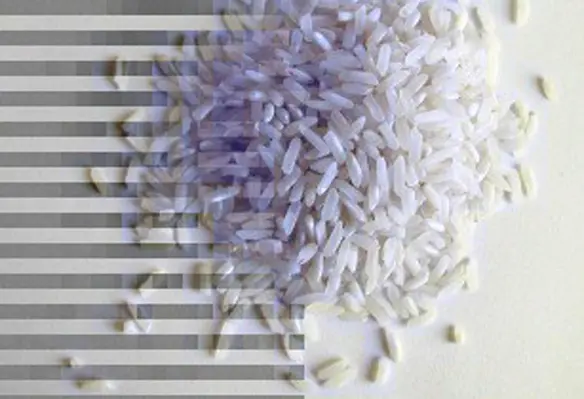Rice alone cannot fulfil the dietary needs of the human body and, therefore, it is essential to add additional nutrients like Zinc for better health maintenance
Rice is the most consumed staple food for a large part of the globe, especially Asia. As a result, rice is the most sensitive to changes in supply and demand and, therefore, price movements. Witness the global shortage and price spiral of 2008 when the commodity rose rapidly to US$ 1000+ per tonne.
Among the cereals, rice protein is high in quality but modest in content. Therefore, it is important to add essential minerals, nutrients and vitamins while consuming rice.
As a result of this, HarvestPlus Programme was established in 2004, which focuses on two micronutrients and one vitamin (zinc [Zn], iron [Fe] and beta carotene [vitamin A] and recognised by WHO (World Health Organisation) as among the most limited and limiting nutritional factors in human diets.
The HarvestPlus programme foresaw biofortified crop varieties as the answer with the funding for research provided by the Bill & Melinda Gates Foundation and The World Bank. Rice was recognised as one of the key crop vehicles that could bring about planned improvements in diet and nutrition and alleviation of suffering for billions of the world’s poor.
Biofortification as a broad concept is a potentially three-way avenue — genetic biofortification, i.e., breeding rice varieties with high zinc grain content, agronomic biofortification, i.e., application of zinc-based fertilizer to the soil, or soluble zinc products sprayed on the foliage. Fortification of rice based foods by supplementing with targeted nutrients, minerals and vitamins is a useful last resort option.
Zero in on zinc
Zinc is an essential micronutrient for plant growth and development and an equally essential mineral for normal human growth and development and the maintenance of health. Zinc deficiency in soils and crops is directly linked to subsequent zinc dietary deficiency in adults and children.
Genetic biofortification with zinc is a sustainable way forward. However, the necessary incentives may not be there if they are not the highest yielding varieties on offer and/or are more prone to pests and diseases than standard varieties. Supplementation of processed rice based foods with zinc is another useful resort.
Agronomic or fertilizer biofortification appears to be the most successful of the three processes because of incentives to farmers from higher yields and superior quality grain, through targeted application and optimum utilisation of zinc as an essential plant micronutrient, especially alkaline (high pH) soils where zinc becomes ‘locked up’.
By Dr Terry Mabbett
To continue reading the rest of this article, please see the April 2014 issue of Far Eastern Agriculture





